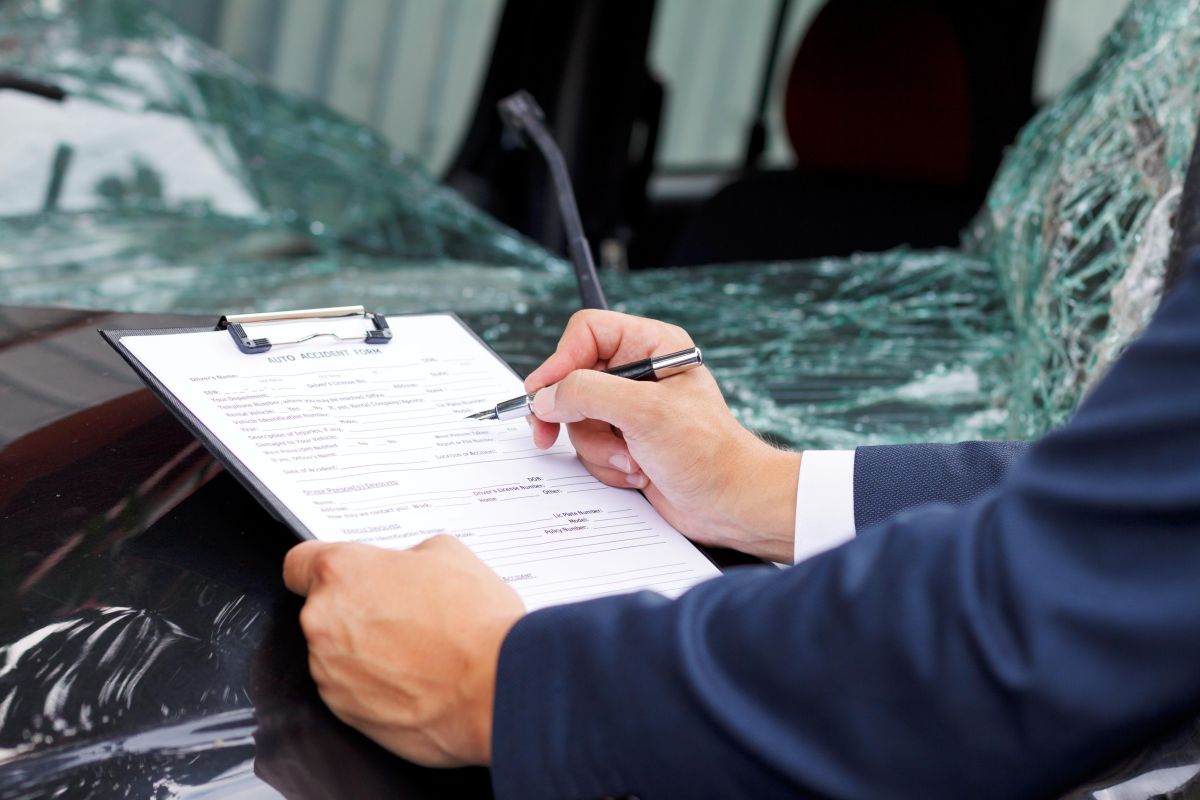As a member of the BAR Advisory Group, the California Autobody Association (CAA) attended a group meeting Jan. 25 in Sacramento, CA.
The meeting touched on legislative updates, regulations, automotive repair dealer (ARD) licenses, vehicle safety inspections and more.
Legislation and Regulations Update
Among the new bills that took effect Jan. 1 were ones addressing catalytic converters (AB 641, SB 55 and AB 1519); sunset review (AB 1263); and teleconferencing (SB 544). The deadline to introduce new bills is Feb. 16.
Pending BAR regulations include the vehicle safety systems inspection program, teardown disclosure requirements, smog check inspection equipment and station requirements (DAD specification update) updates, and CAP incentive increases.
Click here to see the full presentation.
ARD License Registration and Renewal Requirements
The BAR application and renewal registration will be updated to include additional information, such as email addresses and educational certificates. Including email addresses allows for electronic communication, enhancing efficiency. The BAR will also provide the repair facility with the opportunity to submit nationally recognized educational certificates, (e.g. ASE, I-CAR, OE certified) or BAR-approved educational certificates, allowing them to be displayed on the BAR website for customers to view.
Click here to see the full presentation.
Vehicle Safety Systems Inspection (VSSI) Program Roll-Out
To transition from brake and lamp inspection programs to the VSSI program, BAR has developed a three-phase approach for implementation. Phase 1 is the licensing of VSSI stations and technicians, which will start once the regulations take effect. Phase 2, the VSSI inspections, which will occur three months after the regulations take effect. Phase 3 is the sunset of the brake and lamp inspection programs, which should occur six months after the regulation effective date.
The new VSSI program requires stations to have certain equipment, including a BAR certified acquisition device (DAD) and subject to initial inspection by BAR. Technicians will be required to have ASE certification and pass an initial exam. Current brake and lamp stations will be will grandfathered in the program, provided they meet all new requirements at time or renewal.
The inspection will include brake, light, body structure, steering and suspension, tires and wheels, passenger compartment, OBD and a road test. ADAS testing and inspection is being considered for future addition to the VSSI program.
Click here to see the full presentation.
Standards Development for EV Fluids and Coolants
Allen Morrison, consultant, provided background information on the development of standard specifications for electric vehicle (EV) coolants by organizations such as SAE. EVs have specialized and separate coolant systems for batteries, air conditioning, electric motors and interior, among others. These coolants must adhere to specified standard specifications. The establishment of these standards may create opportunities for the aftermarket repair industry to offer regular maintenance services. Additionally, efforts are underway to develop standards and specifications for natural gas, hydrogen blends for use as motor vehicle fuel.
Click here to see the full presentation.
Future Testing of Pre-OBD II Vehicles
BAR is considering establishing a centralized testing network for model year 1995 (pre-OBD II) and older vehicles. The population of older model vehicles (1976-1996) is declining; currently there are about 615,200 such vehicles, representing 17.6% of the smog check emissions inventory. Some consumers have complained about the difficulty finding a smog station to conduct test on pre-OBD II vehicles. Additionally, smog stations have raised concerns about the maintenance of the BAR-97 smog equipment, citing its age, frequent breakdowns and difficulty obtaining parts. Some smog stations wish to remain in the program.
BAR is exploring the possibility of including model years 1996-1999 to create an incentive for subcontracted smog check stations to maintain BAR-97 equipment. BAR is seeking input on whether to establish a centralized/hybrid network and would like to hear from smog stations.
Click here to see the full presentation.
California Vehicle Inspection Program (Cal-VIS) Update
BAR provided updates on the smog check Cal-VIS smog check software releases. BAR has moved the data center from San Diego to Vacaville. BAR has stopped supporting older Microsoft Windows software. New updates will support the Vehicle Safety Systems Inspection program.
Click here to see the full presentation.
Complaint Case Study
BAR provided an overview of a consumer complaint involving two repair facilities. The first facility diagnosed and installed an incorrect alternator. A second ARD recommended the replacement of the alternator due to incorrect application and recommended sensor replacement, then identified a broken connector and repaired. After this repair, the check engine light illuminated because the connecter failed. The ARD recommended a battery sensor and harness replacement. The second facility had not documented the diagnoses correctly, and some of the notations may have been misleading. The customer paid the second repair facility more than $2,300 for repairs.
BAR investigated and found that even though the incorrect alternator was installed by the first facility, it was not the cause of the engine light illumination, and the customer was provided a full refund by the second facility.
Click here to see the full presentation.
Enforcement Statistics
The enforcement statistics, detailing consumer complaints received by BAR in different categories, are as follows: engine repair 33%; auto body 16%; general repair/maintenance 18%; transmission 7%; smog 5%; used car 5%; vehicle purchase 6%; unlicensed activity 2%; towing and storage 2%.
Click here to see the handout presentation.
Licensing Statistics
A total of 34,300 automotive repair dealers are in California.
Click here to see the handout presentation.
The next BAR Advisory Group meeting will be held April 25.














